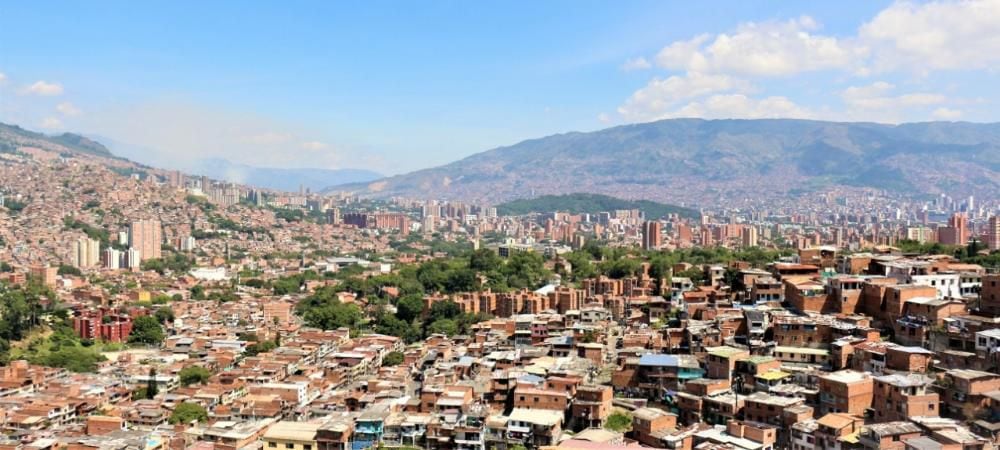The climate in Colombia is modified due to its geographical complexity, such as the coasts of the Caribbean Sea to the North, the current of the Pacific Ocean, as well as the mountain ranges that cross it through the center from north to south.
In the time of climate change, a hot summer day can quickly turn into heavy rain that causes flooding in a few minutes, so it is increasingly common for people to try to be prepared when faced with variations in temperature.
Below is the weather report expected in the next few hours for Medellín:
During the day the temperature will reach a maximum of 24 degrees, the rain forecast will be 46%, with a cloudiness of 94%, while the wind gusts will reach 18 kilometers per hour.
As for ultraviolet rays, they are expected to reach a level of up to 5.
At night, the temperature will reach 15 degrees, while the precipitation forecast will be 40%, with a cloudiness of 96%, while the wind gusts will be 13 kilometers per hour during the day.
Weather in Medellin
Being in the central part of the Aburrá Valley, Medellín mainly has a humid subtropical climate.
Medellín is characterized by a pleasant climate, neither too hot nor too cold, with average temperatures ranging from 16 to 26 degrees Celsius.
At noon the average maximum temperature ranges between 26 and 28 degrees Celsius. While at night the minimum temperature ranges from 17 to 18 degrees Celsius.
The Colombian city has two rainy seasons, the first goes from the end of March to the beginning of July, the second starts from the last days of September until the beginning of December.
The rest of the year, the climate of Medellín is dry, mainly in the months of January and February.
Climate in Colombia
The weather in Colombia is very varied, the climate is altered due to its geographical complexity such as the coasts of the Caribbean Sea to the North, the current of the Pacific Ocean, as well as the mountain ranges that cross it through the center from north to south.
According to IDEAM, there are at least four types of climate in the country: tropical, dry, temperate, and cold in the high mountains.
In the case of tropical climates, four subtypes are identified: rainy forest or equatorial, rainy forest or monsoonal, savannah with dry winter, and savannah with dry summer.
The tropical rain forest or equatorial covers areas such as the central and northern Amazon, the entire Pacific Region, parts of Antioquia, western Santander, Boyacá and Cundinamarca, the Catatumbo area and the Amazon foothills. While the tropical rainy forest or monsoon reaches the foothills of the plains and the southern ends of the Caribbean region.
The savannah with dry winter includes most of the Caribbean and Orinoquia region, as well as the lowlands in Santander and Antioquia. As for the savannah with dry summer. It adds the inter-Andean valleys in Tolima, Huila, Valle, Cauca and Nariño.
For the dry climate, in Colombia the very hot arid or desert and very hot semi-arid or steppe are perceived. The first is perceived in the upper part of Guajira and the second in the middle and lower zone of the same department plus sectors of the Caribbean coast.
The temperate climate is felt in the middle and lower areas of the three mountain ranges of the Colombian country; while the high mountain cold , as its name suggests, in the upper levels of the three mountain ranges.

